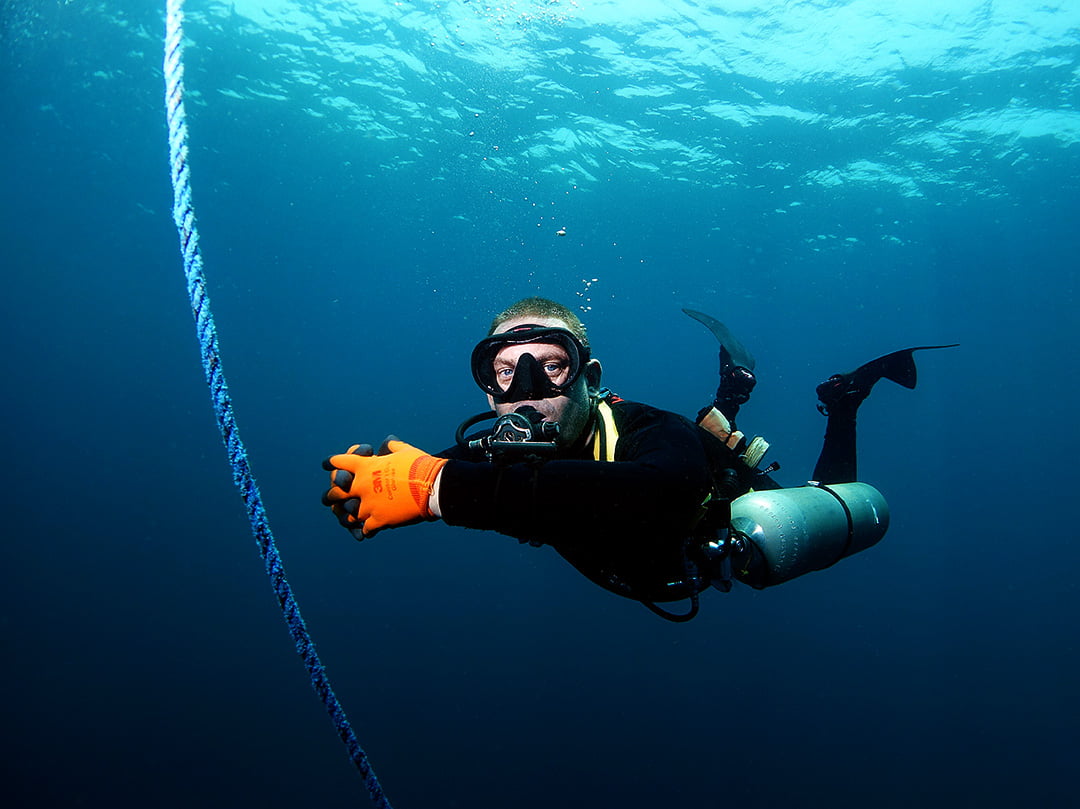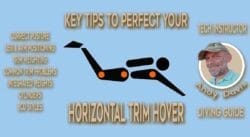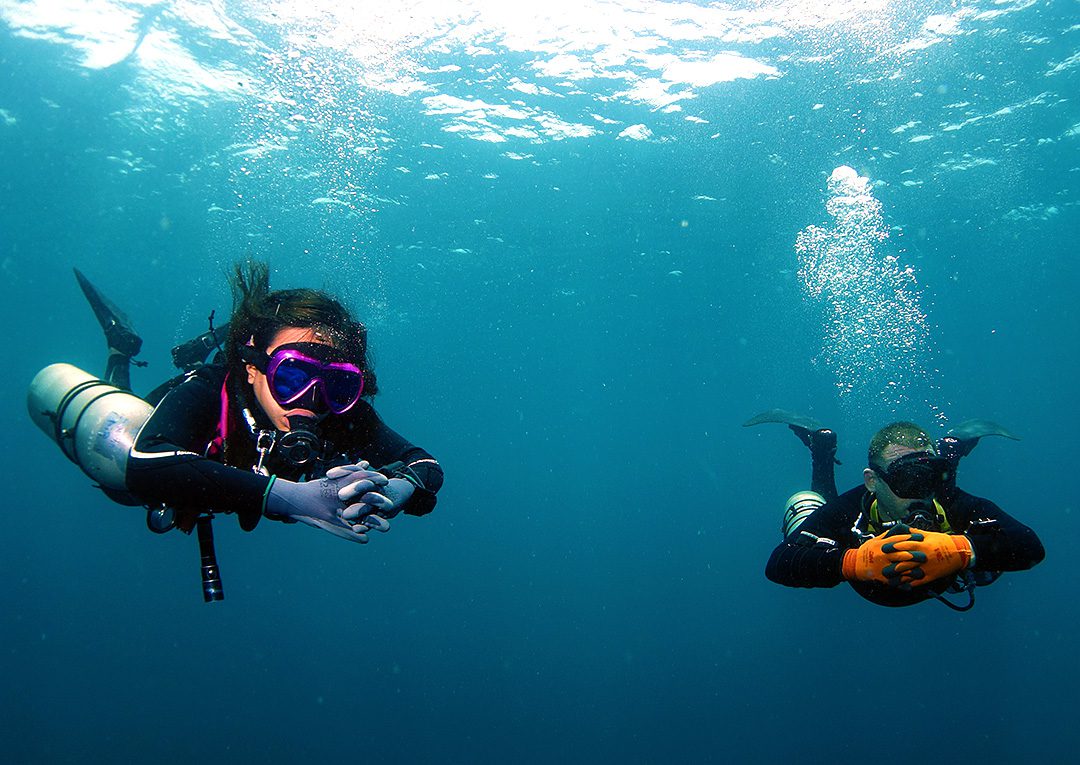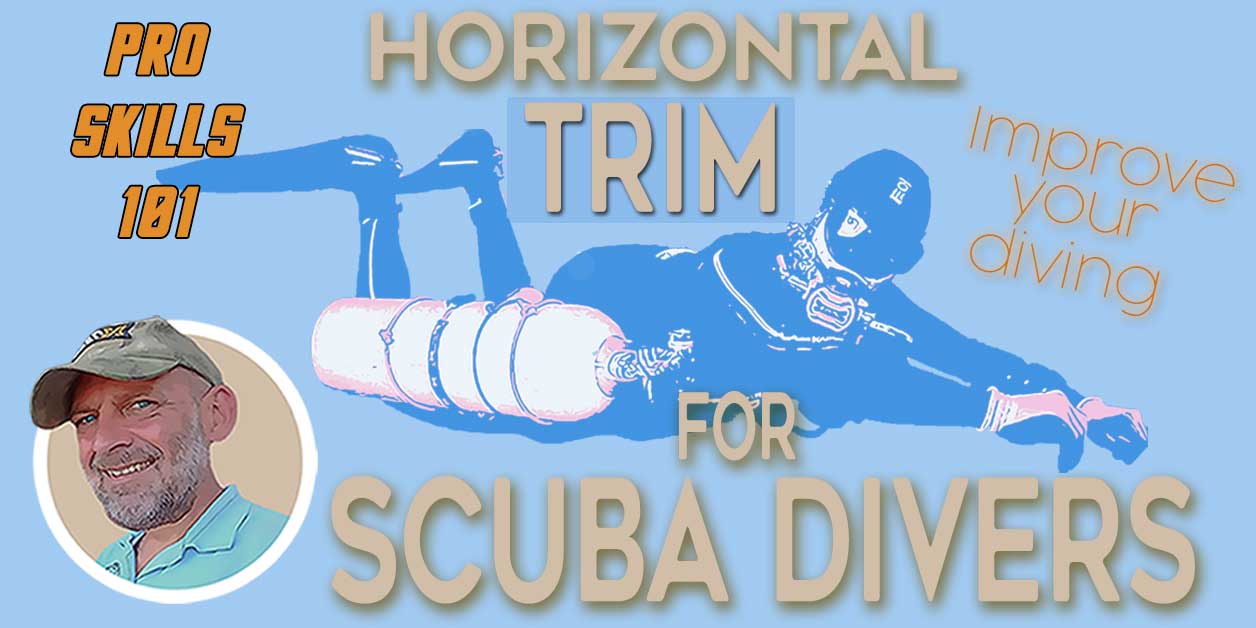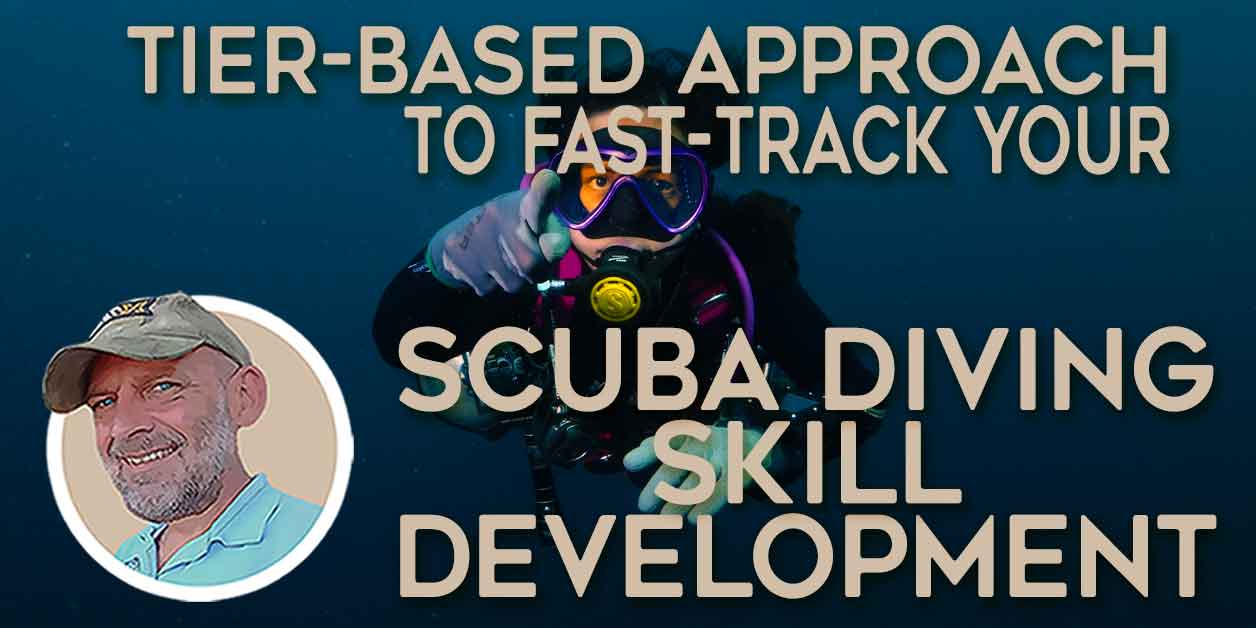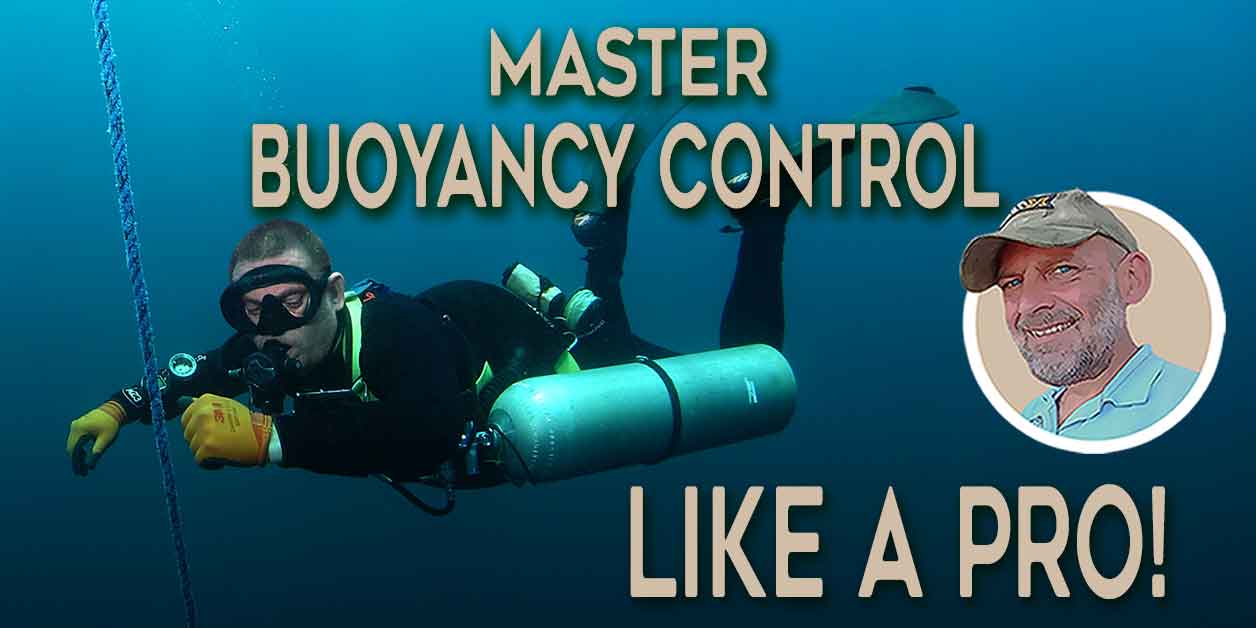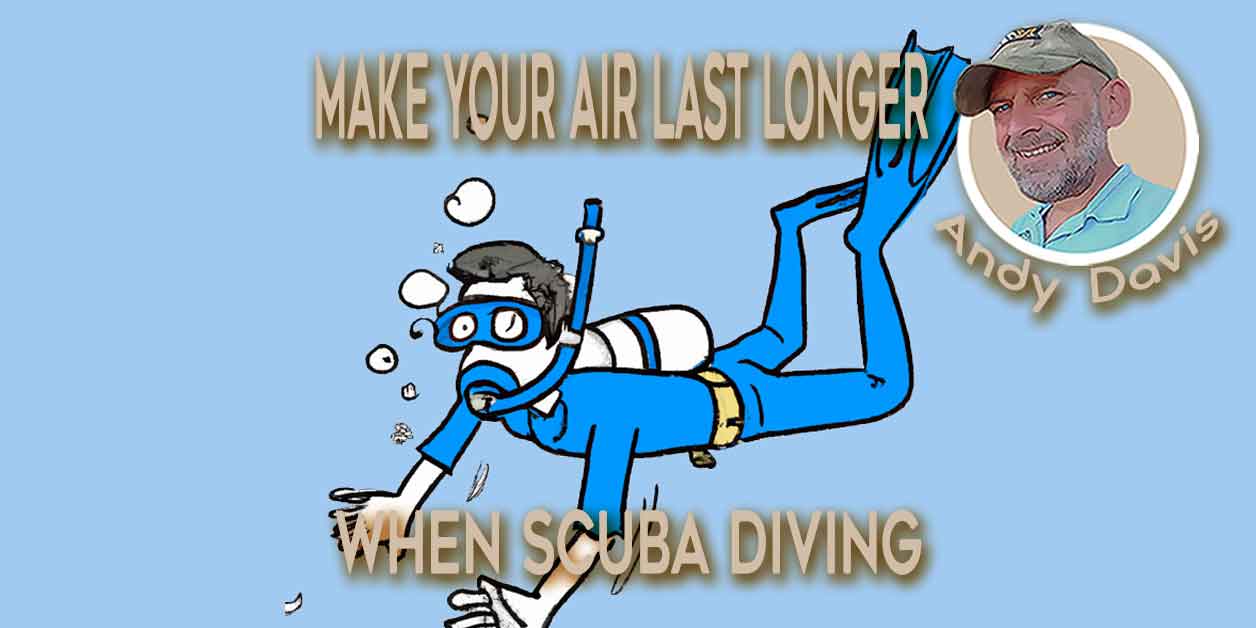How to Judge Your Diving Ascent Rate Without A Dive Computer
Scuba diving is enormous fun. However, novice divers often worry about conducting safe ascents from their scuba dives. Diving computers make controlling your ascent rate easy. But how do you judge your diving ascent rate if you don’t have one, or if it fails?
A safe ascent rate plays an important role in preventing the occurrence of decompression illness. As a consequence being able to judge your ascent rate is an important safety skill for divers
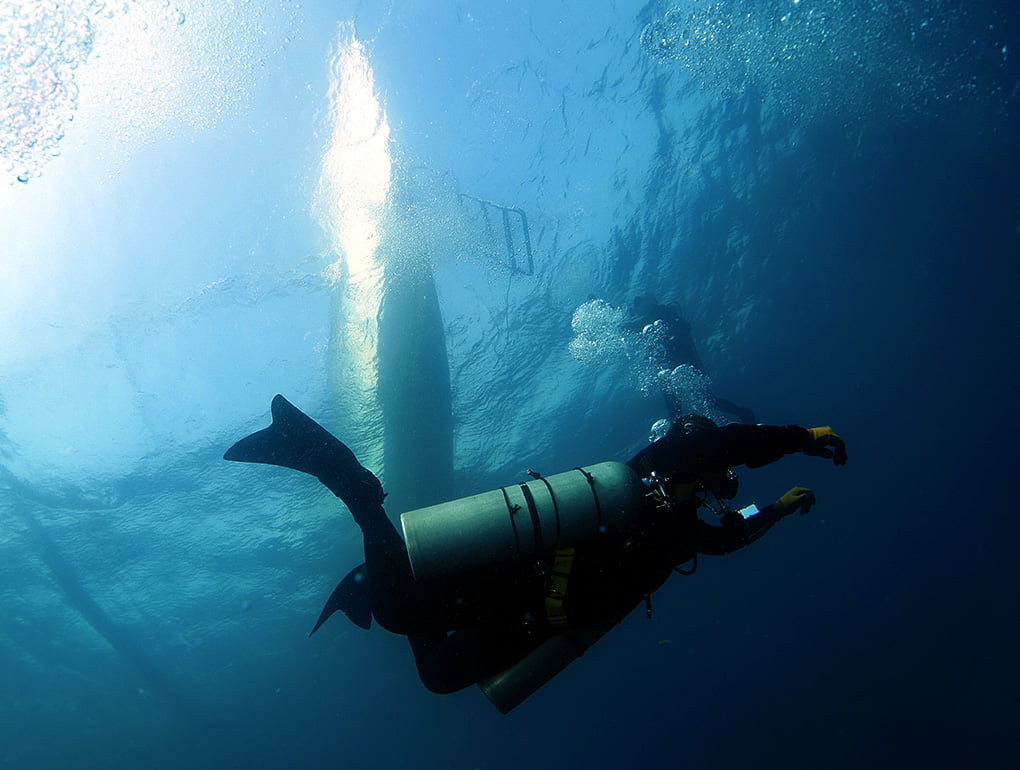
Without a dive computer, it can be more tricky to monitor the speed of your ascent. During your open water training, the instructor will have demonstrated an appropriate rate. However, it can be really hard to replicate that without a digital reference.
Ascending too fast can cause bubbles to form. However, ascending too slowly can also decrease safety from DCS. Getting your ascent rate wrong can also lead to tiredness after diving.
Diving ascent rate: the bubble method
The old scuba adage of “never ascend faster than your smallest bubbles” can be a last resort in emergencies. However, for general diving, it is imprecise and far from foolproof. It should not be viewed as a routine technique, especially if deep and/or repetitive diving.
You should always bear in mind that the recommended diving ascent rate is the maximum speed. Ascending at a rate below this can be viewed as a prudent and conservative diving practice.
Diving ascent rate: appropriate speed
PADI recommends a maximum diving ascent rate of 18m/60ft per minute. Other training agencies recommend a much slower diving ascent rate, typically around 8-10m/25-30ft per minute. That slower diving ascent rate is in line with all modern dive computers.
The techniques taught to you on your Open Water course should go a long way towards ensuring that you can ascend safely – and also enable you to track and assess your ascents.
You should have a depth gauge and timing device for your dives.
Read more about the best ascent speed for scuba diving
Diving ascent rate: simple math
When you decide to end your dive and make a direct ascent to the surface, it is helpful if you check the time and depth.
This ensures that you know your dive bottom time and also allows you to gauge your ascent through a simple speed-distance-time calculation.
Simply divide the depth by the time:
40ft divided by 40 seconds = 1ft per second
1ft per second = 60ft per minute

As you ascend from a dive, you can monitor your depth and time to ensure that your ascent speed is not excessive.
If you had no depth or time information available, you would have to approximate. You should always know your bottom depth; so you can apply the same calculation as before. The only difference is that you’ll have to mentally count as a means of judging time.
To ensure a uniform and constant rate, break the ascent into smaller ‘levels’ and apply the speed-distance-time calculation to that.
The time taken to ascend each level allows you to determine your rate as you go.
A 9m/30ft per minute ascent rate is ideal.
For ease of monitoring, this means you are ascending 1ft every 2 seconds / 10ft every 20 seconds.
For instance, for a 60ft/18m ascent, you can subdivide the ascent into six 10ft levels, each of which should take you 20 seconds. Your entire ascent to the surface would take 2 minutes.
To add a safety stop, simply pause at 20ft depth and hover for 3 minutes – meaning your total ascent time is 5 minutes. After the stop, recommence your ascent – allowing 40 seconds for the final two 10ft levels.
If you know how long your ascent should take, even a casual glance at your dive watch will inform you of whether you are on track or not.
Tips for controlling your diving ascent rate
The following tips will help you control your ascent rate. Try to apply them as often as possible when you are scuba diving.
Improving your buoyancy control helps!
Direct ascents to the surface, especially without a visual/tactile reference (shot line/reef wall/slope) can be very taxing for novice divers. Buoyancy control is essential to maintain a slow ascent speed – which, of course, is reliant upon proper weighting.
Over-weighting reduces control of the ascent
If over-weighted, the diver will suffer excessive and regular positive buoyancy from the expansion of a greater volume of air in their BCD.
Proper weighting ensures that a minimal amount of air is needed in the BCD. The smaller the amount of air, the smaller the proportional expansion of air…and the less likely you are to lose control.
Utilize an ascent line where possible
Where possible, utilize a line for ascents. When boat diving, a shot (buoyed) or anchor line is often present. Ascend on a line hand-over-hand – that will give you a slow, regular ascent rate. If that isn’t available, then you could consider getting a Delayed Surface Marker Buoy (DSMB) and a spool.
Use a DSMB and spool for ascent rate reference
Whilst this takes some practice to deploy safely, it is invaluable in providing a ready reference from which to gauge an ascent. If you are winding in a reel/spool, it is hard to ascend too quickly (I’ve found that winding in a finger spool tends to keep my ascent rate well below 12ft per minute).
In conclusion, a safe diving ascent rate is crucial in preventing DCS and ensuring a safe and enjoyable dive.
While dive computers make monitoring your ascent rate easy, it’s still essential to know how to judge your ascent rate without one. Utilizing techniques such as the bubble method and simple math calculations can help ensure a safe ascent.
Additionally, improving your buoyancy control, utilizing an ascent line, or deploying a DSMB can improve your ascent rate control. By following these tips, you can put your diving ascent rate worries behind you!
About The Author

Andy Davis is a RAID, PADI TecRec, ANDI, BSAC, and SSI-qualified independent technical diving instructor who specializes in teaching sidemount, trimix, and advanced wreck diving courses.
Currently residing in Subic Bay, Philippines; he has amassed more than 10,000 open-circuit and CCR dives over three decades of challenging diving across the globe.
Andy has published numerous diving magazine articles and designed advanced certification courses for several dive training agencies, He regularly tests and reviews new dive gear for scuba equipment manufacturers. Andy is currently writing a series of advanced diving books and creating a range of tech diving clothing and accessories.
Prior to becoming a professional technical diving educator in 2006, Andy was a commissioned officer in the Royal Air Force and has served in Iraq, Afghanistan, Belize, and Cyprus.
In 2023, Andy was named in the “Who’s Who of Sidemount” list by GUE InDepth Magazine.
Purchase my exclusive diving ebooks!
Originally posted 2018-11-05 06:10:26.







